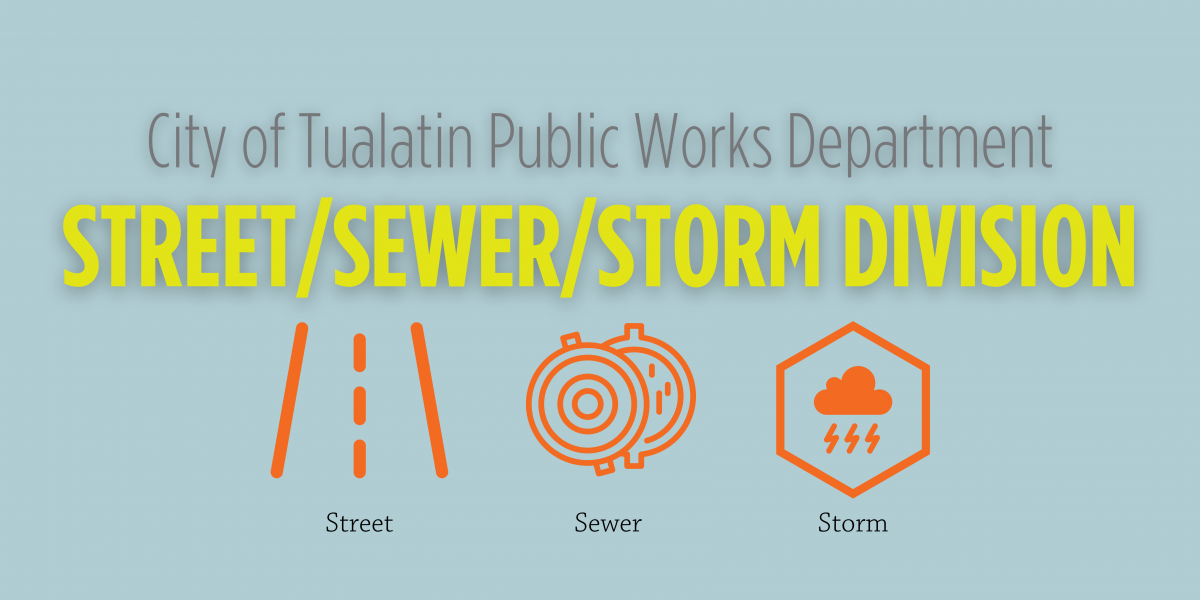- YourGovernment
-
OurCommunity
-
- About Tualatin Advisory Committees Animal Services Community Involvement City Codes City Council City Projects
- Community Crime Reports Customer Service Request Explore Tualatin Now Fire Library Municipal Court Tualatin Today
- Parks & Recreation Passports Permits & Forms Planning & Zoning Police Volunteer Tualatin Moving Forward
-
-
ForVisitors
-
- Parks, Greenways, Recreation and Library Library Parks Public Art Parks and Recreation
- Shopping, Dining, and Entertainment Chamber of Commerce
- Community Events Community Theatre Pumpkin Regatta Special Events
-
- DoingBusiness
-
HowDo I?
-
- Apply for a Job Apply for an Advisory Committee Contact the City Council Get a Copy of a Police Report File a Records Request Find Forms
- Find Planning & Zoning Find Public Transportation Find the City Code Get a Business License Get Email Subscriptions/Notifications Locate City Offices
- Contact the City Pay My Traffic Fine Pay My Water Bill Reserve a Facility Sign Up for a Recreation Program Search the Website Volunteer
-
Street/Sewer/Storm Division

Questions about the Transportation Bond Program? Please visit our information page!
STREET
The Street Division is responsible for management of the city's Pavement Management Program (PMP). The PMP includes street inspections, computer modeling, contract preparation, and administration on large-scale pavement maintenance projects designed to maintain the city's road system. The city's road system consists of approximately 76 miles of roadway. The street crew is responsible for maintenance of these roadways and their adjacent bike paths, including patching potholes, installation of new signs, straightening of existing signs, and response to citizen requests and complaints. The division also maintains a regular maintenance schedule for monthly street sweeping, street light and signal inspections, and the repainting of bikeway striping and legend crosswalk, stop bars, traffic lane stripes, and all no parking zones. Maintenance tasks also include various storm maintenance tasks such as cleaning inlets, outfalls, drainage basin areas, and catch basins; roadside mowing along unimproved drainage ditches; repair of dead-end barricades; and repair of railroad crossing guardrails as required by the Public Utility Commission and also responsible for evaluating and assuring repair of over 150 miles of sidewalks as part of the City's sidewalk and street tree program.
The Road Operating Fund receives its revenue from four primary sources:
- A share of the State gasoline tax (a portion of the $0.24 gas tax is for cities. Per ORS (Oregon Revised Statues), 1% of State Gas Tax funds are set aside for footpath/bike path projects; if these funds are not used annually, they may be held for up to ten years in a reserve fund.
- A share of the OTIA III (Oregon Transportation Investment Act of 2003) funds beginning in January 2004.
- A share of the Washington County gasoline tax ($0.01/gallon tax on gas sold in the County; apportioned on a per capita basis).
- Gas tax expenditures are for the operations and maintenance of the street system, including traffic signals, streetlights, bike paths and landscape roadside areas. The City is responsible for approximately 76 miles of street, while Washington and Clackamas Counties maintain about 9 miles of streets within the City. There are forty-five signalized intersections located in the City which are owned by ODOT (8), Washington County (17) and Tualatin (20).
Six-sevenths of the Road Utility Fees collected are used for the Pavement Maintenance Program; one-seventh is used to pay a portion of the street lighting costs. The City's Pavement Maintenance Program covers approximately 76 miles of streets. Funds from the Road Maintenance Reserve were used to begin a new program in F01-02 to repair sidewalks and replace street trees and these funds are being re-paid over a ten-year period; collection began in 2001.
SEWER AND STORM
The city's sewer and storm drainage system consists of 93 miles of sewer mains; more than 85 miles of storm pipes; 12 drainage basins; 6,443 sewer connections; 2,800 catch basins; over 60 water quality facilities; 3,400 manholes; and 10 sewer lift stations. Clean Water Services maintains all of these stations.
Expenditures in the Storm Drain Operating Fund are for the operations and maintenance of the pipes, swales, ditches and ponds, which are a part of the surface water management system in the City.
The Storm Drain Operating Fund generates its revenue from the monthly surface water management user charge, which is paid by all residential, commercial and industrial users in the City. This fee is established by Clean Water Services (CWS), which includes surface water management under its control. The City keeps 75% of these fees and returns the remaining 25% to CWS. A similar arrangement is used with the City of Lake Oswego for the areas east of I-5 and north of the Tualatin River.
Expenditures from the Sewer Operating fund are for activities involved in maintaining the City's sewer system. The Sewer Operating Fund is supported by user charges for sewer service. The rates charged are established by Clean Water Services (CWS). The City collects the monthly charge and pays approximately 80% to Clean Water Services with the remainder used to fund City operation of the collection system. Clean Water Services provides treatment at the Durham Treatment Facility. The City also has a similar arrangement with the City of Lake Oswego for the area east of I-5 and north of the Tualatin River.
Three buildings in the new Bridgeport Village retail center are served by the Tigard sewer system. Tualatin will bill the tenants and collect the fees monthly, and then send those fees to Tigard.
